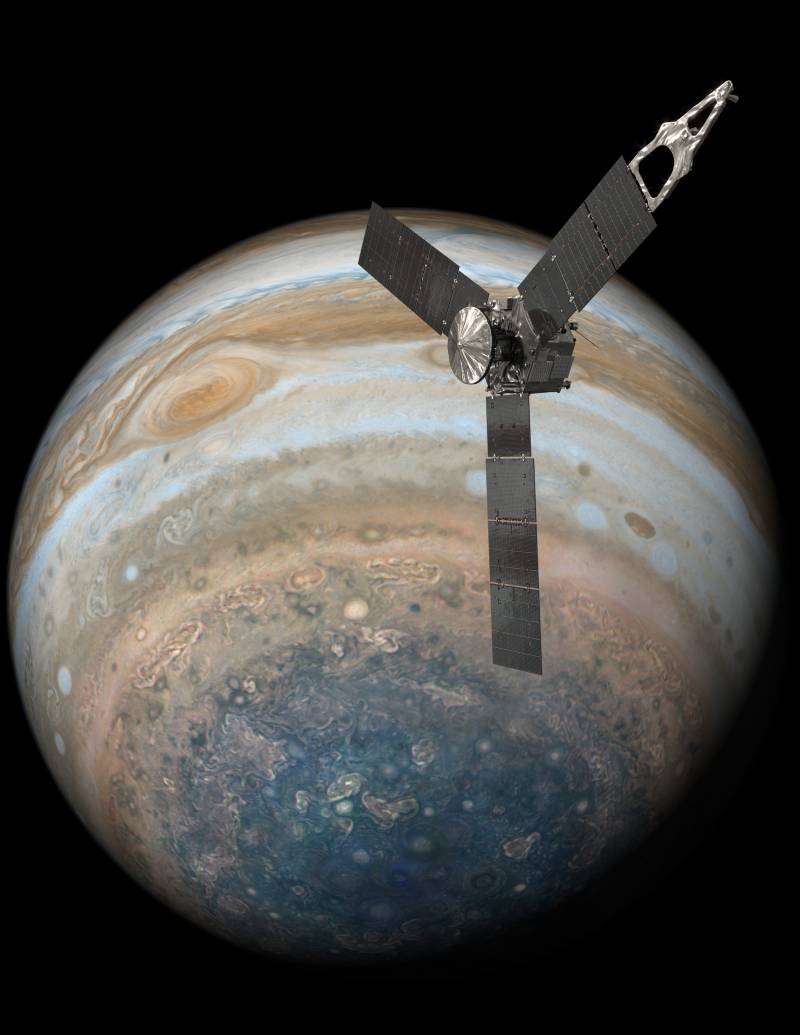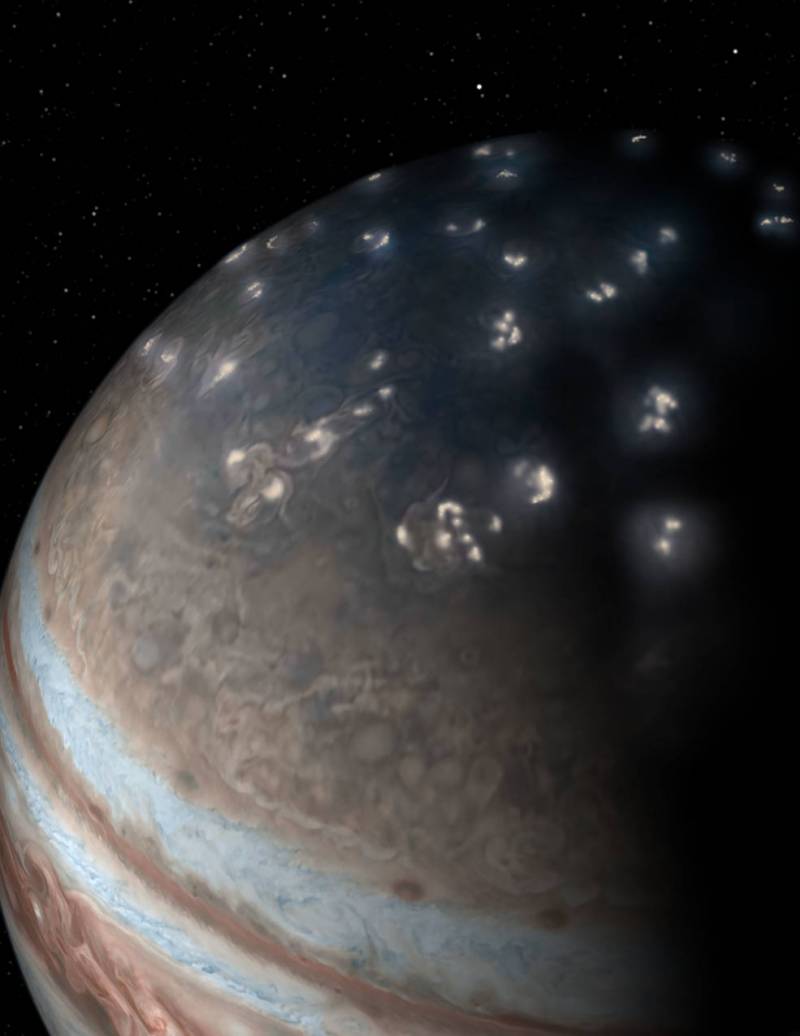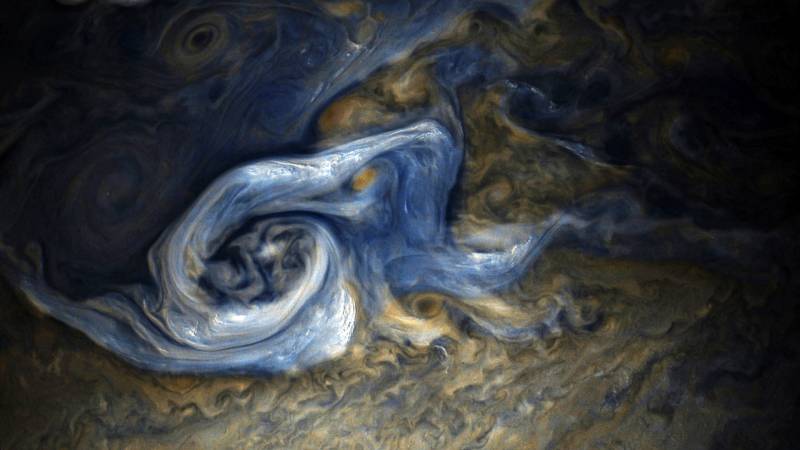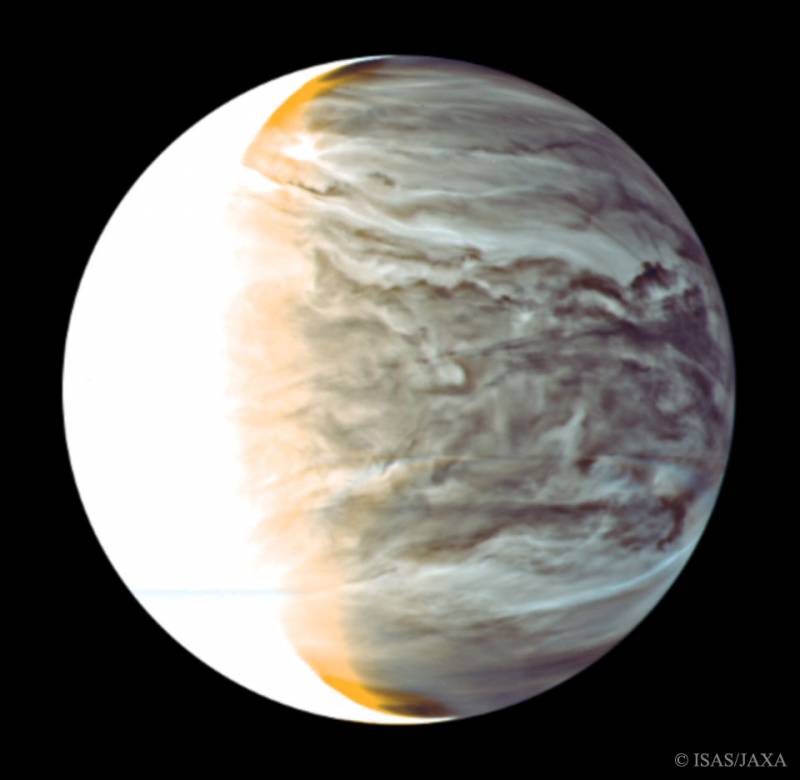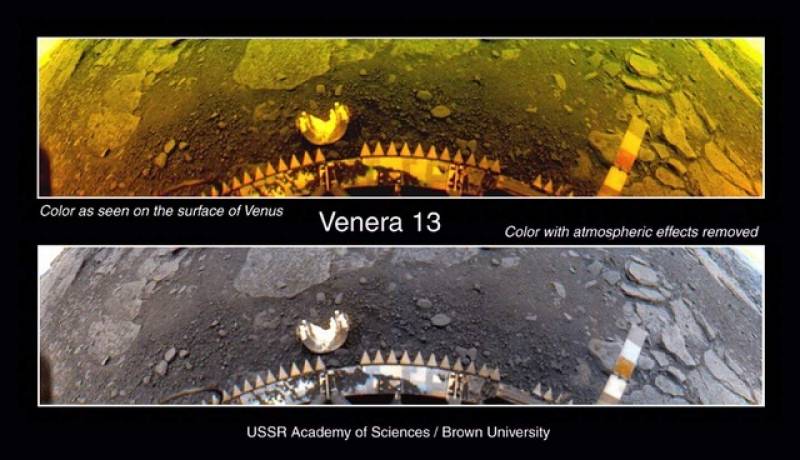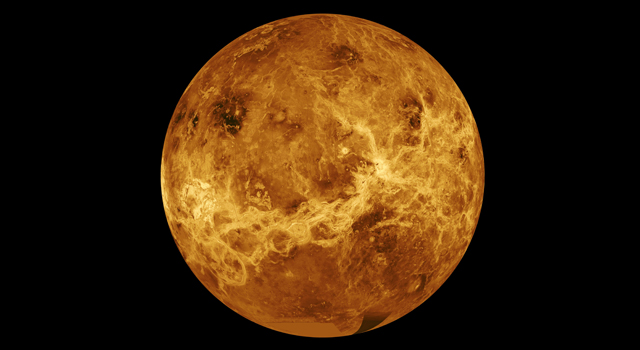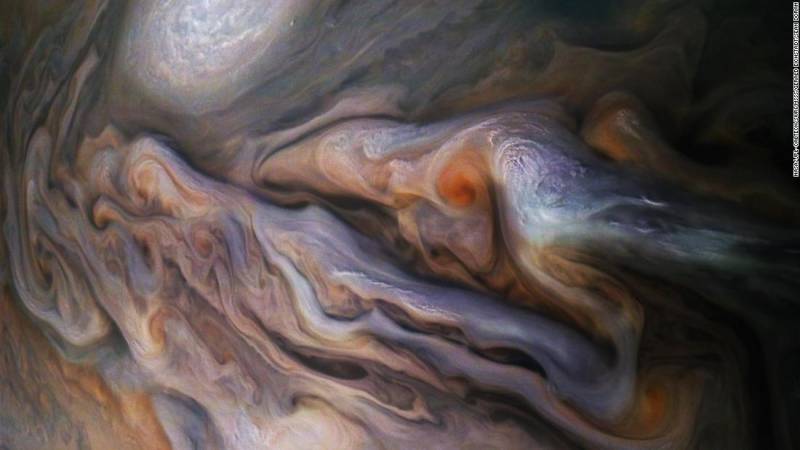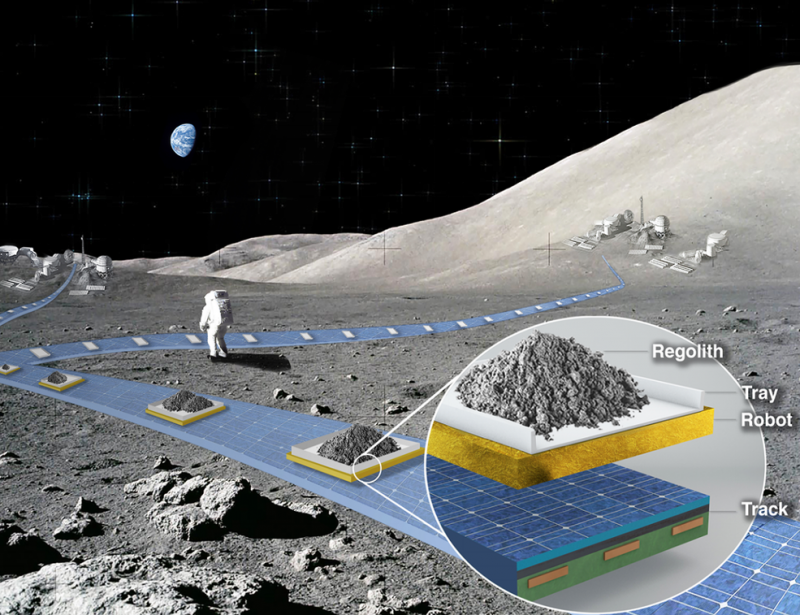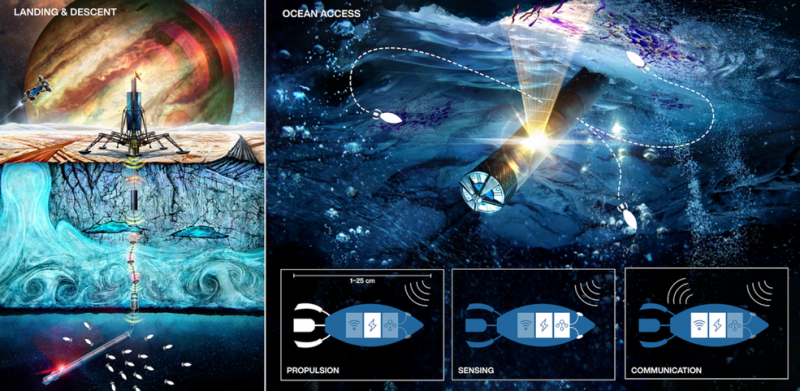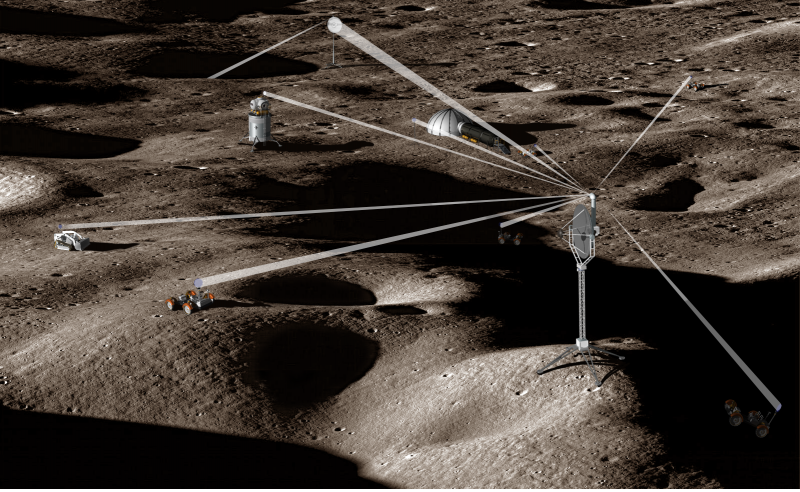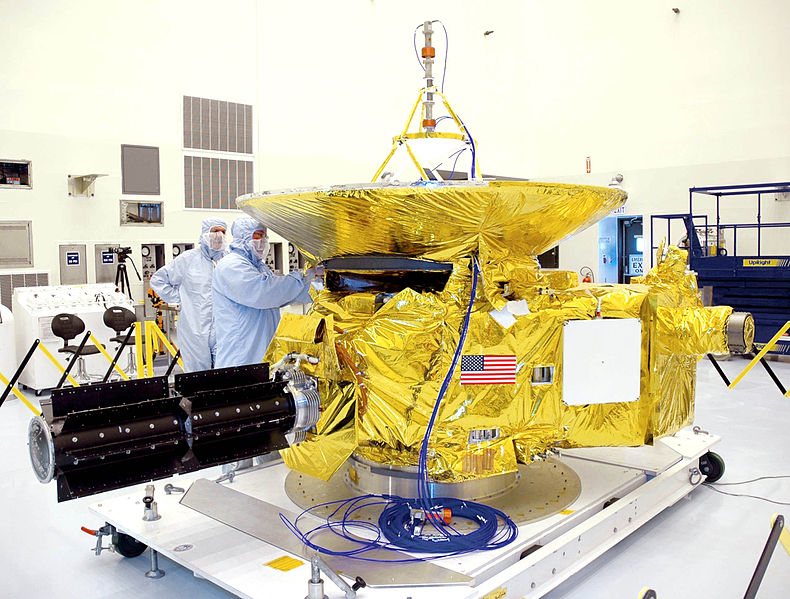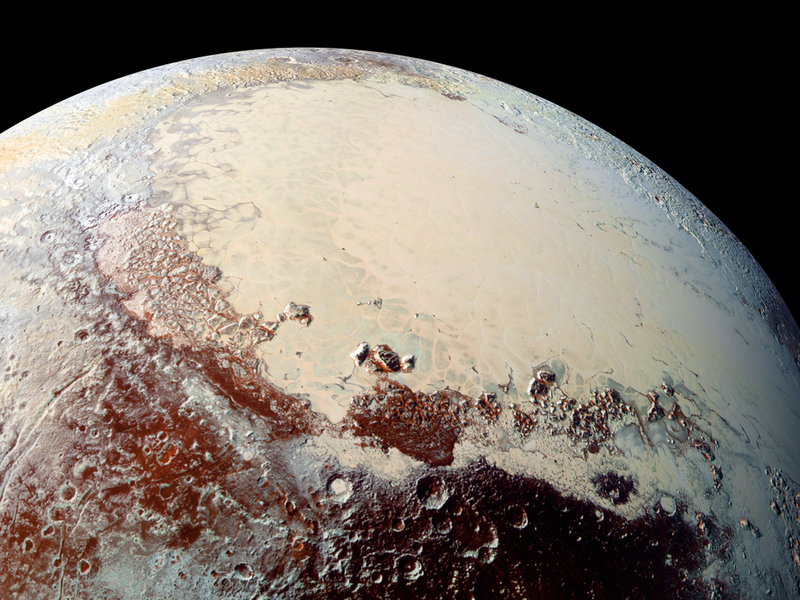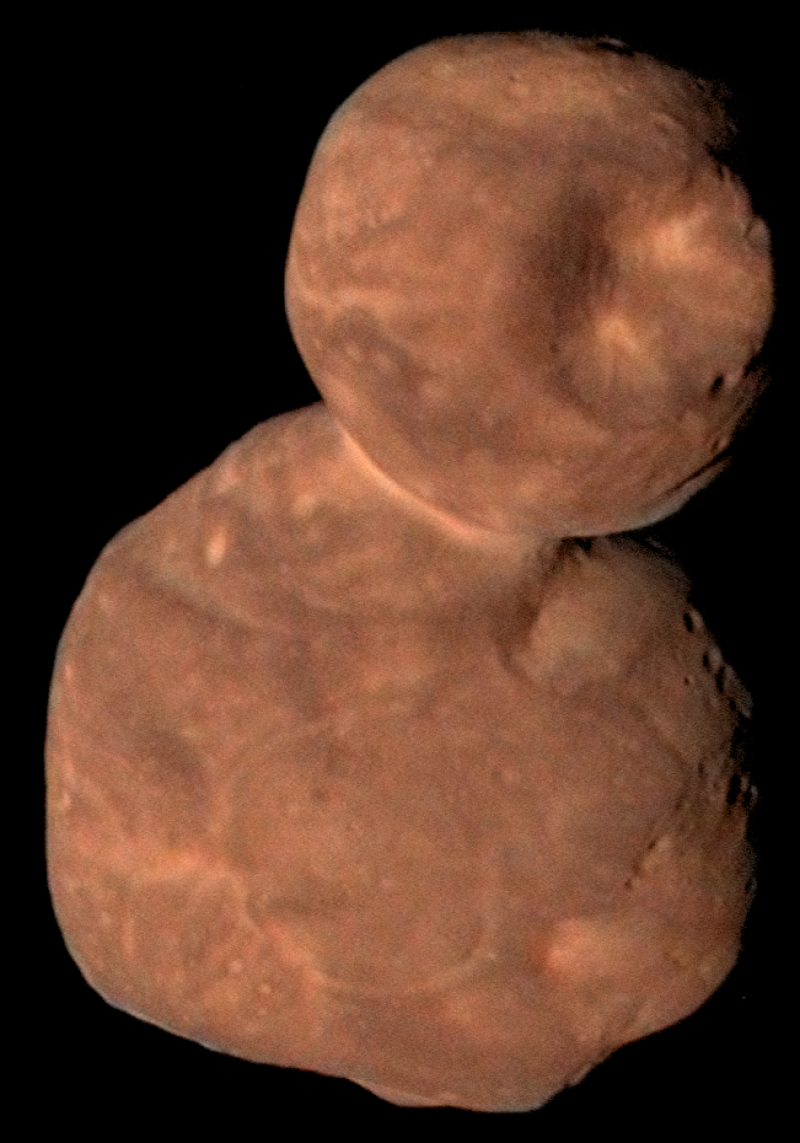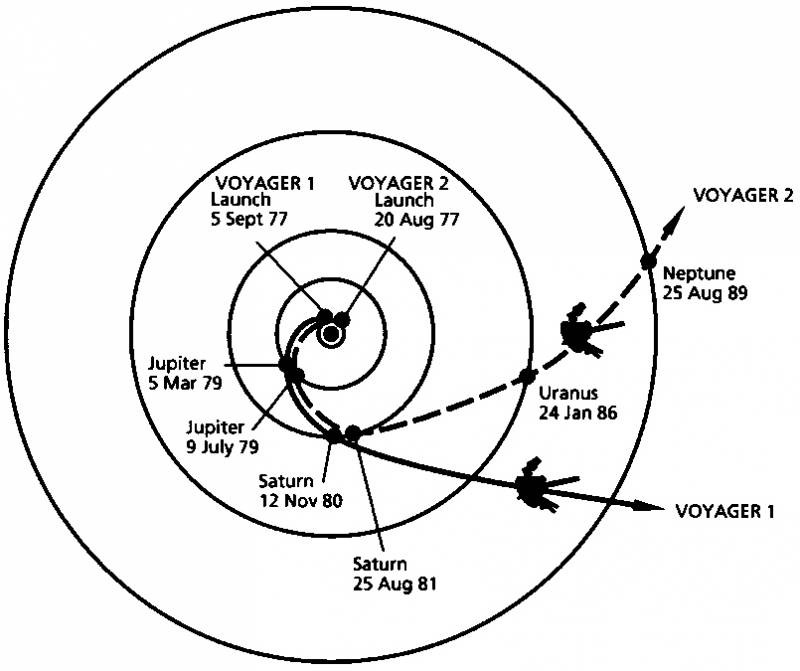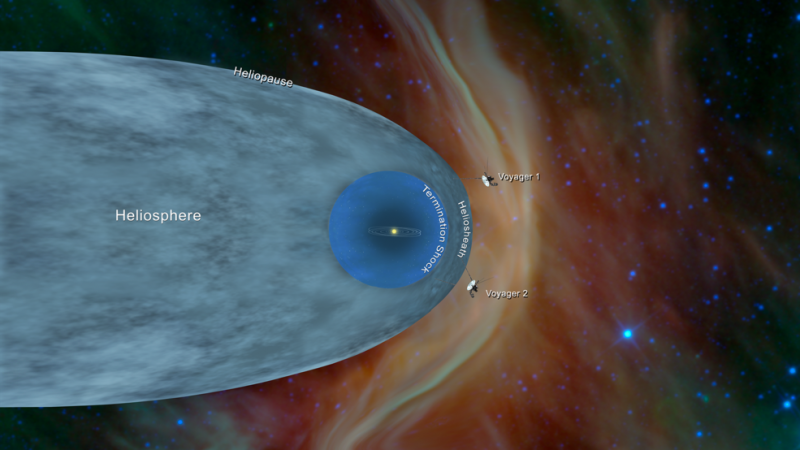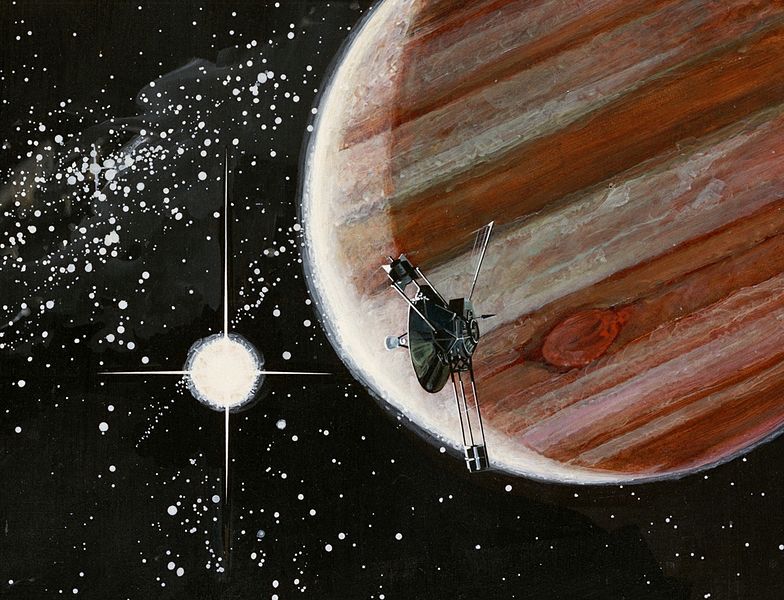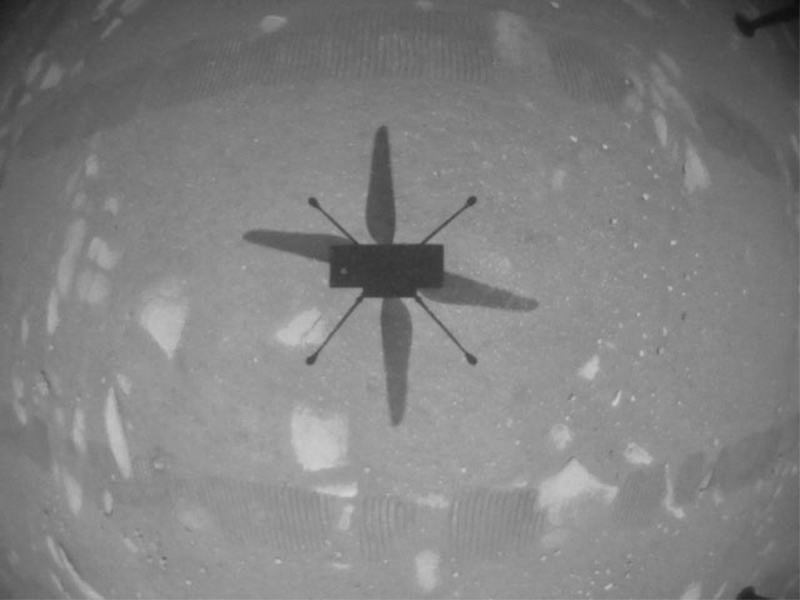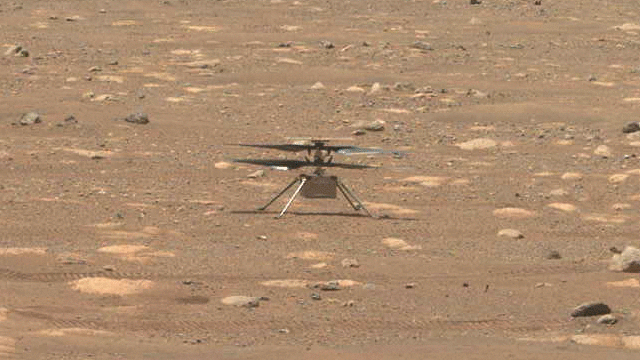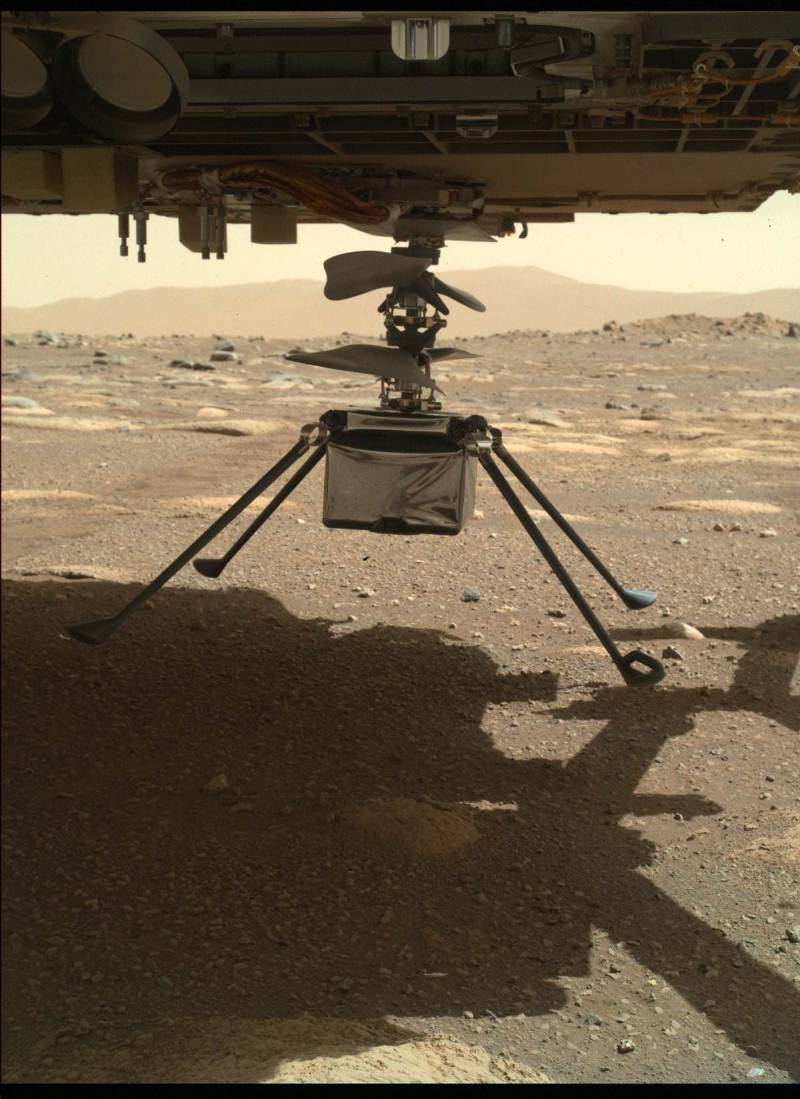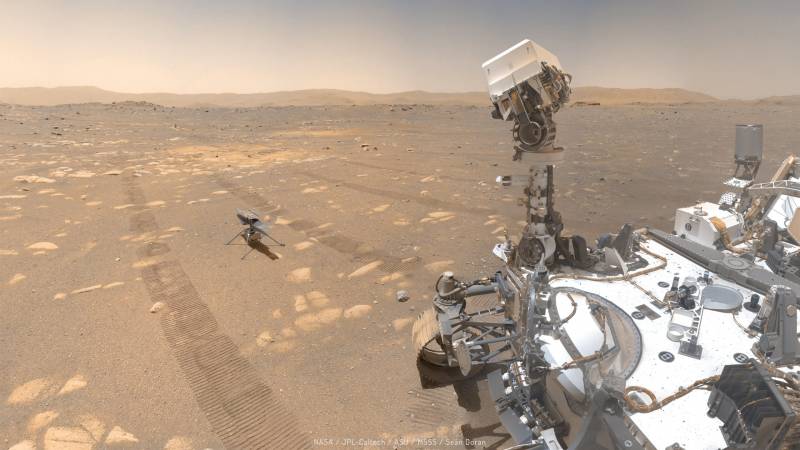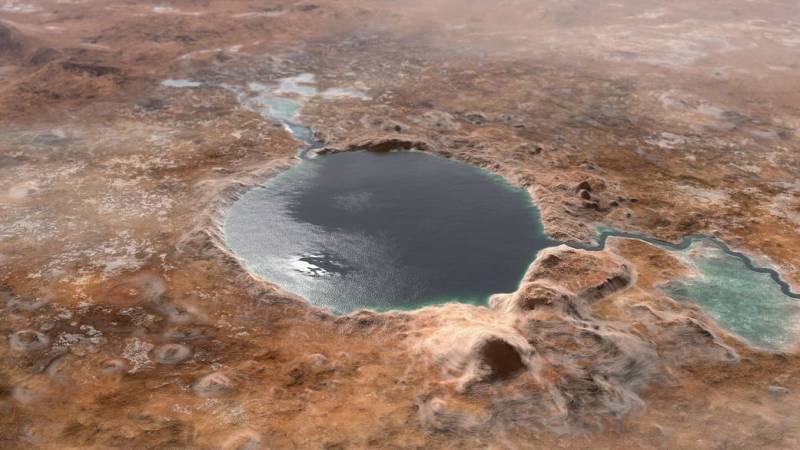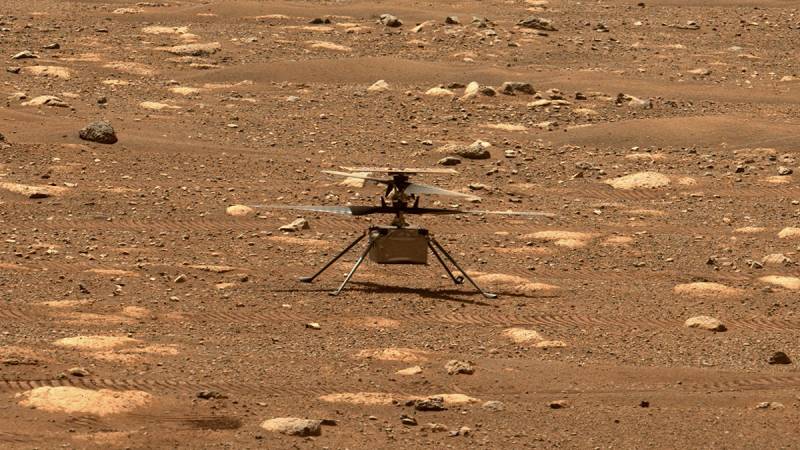Since the recent Mojave Desert and Ridgecrest earthquakes, tremors in the ground have been on people’s minds. And the approaching 30th anniversary of the Loma Prieta earthquake reminds the Bay Area that we all live on shaky ground.
Scientists —not just those who listen to Earth’s restless rumbling crust with their global arrays of seismometers — have seismic activity on their minds, too. At NASA they’ve put their ears to the ground on the planet Mars.

NASA’s InSight lander made its debut “marsquake” detection on April 6th, with its Seismic Experiment for Interior Structure (SEIS) instrument. Like a doctor’s stethoscope, SEIS is placed against the Martian surface to listen for faint sounds from deep within the planet.
To Feel a Marsquake
You would not have felt the marsquake SEIS detected even had you been standing near the lander when it happened. Like the thousands of “moonquakes” that Apollo mission seismometers detected on the moon between 1969 and 1977, the April 6 Mars-tremor was little more than a faint and distant murmur picked up by the highly sensitive SEIS detector.
To get a feel for the dynamics of the marsquake, experimenters at the Swiss university ETH Zurich ran the SEIS tremor data through a “shake room,” a simulator that replicates the motion of earthquakes from recorded seismometer data. A shake room offers a more visceral quake-replay experience than you would get simply by studying tables of figures and graphs of the data.
But to make the marsquake even noticeable to people in the shake room, the experiment crew really had to crank up the volume on the SEIS signals–10 million times.
Why Study Marsquakes?
The characteristic motions of quakes—the direction of shaking, the frequency of vibrations, the duration and strength of the seismic event—all tell scientists about the materials and geologic structures the seismic waves passed through on their way to the detector.

Varying densities in different geologic layers bend and focus the waves in different ways and directions as they bounce and echo inside a planet, and with enough data it’s possible to map these otherwise buried and hidden structures.
The April 6 marsquake did not contain enough information for scientists to begin mapping the planet’s internal structure, but this first-ever detection of a tremor ringing through Mars is a resounding opening bell for a new field in science, Martian Seismology.
What Causes Marsquakes?
The violent collision or edge-on-edge grinding of moving crustal plates driven by upwelling currents of molten magma in the hot mantle below cause most quakes on Earth. Scientists call this process plate tectonics.
Imagine an over-crowded bumper-car rink, packed with vehicles trying to move in their own directions. The cars push against each other in a tense state of deadlocked traffic, but occasionally, something slips and a jerk of motion passes through the cars and riders. That’s kind of how quakes go down on Earth.
On Mars, as well as the moon, conditions are different.
These masses have cooled off to the point that they no longer experience plate tectonics, if they ever did.
Instead, as they continue to cool their interiors are gradually contracting, a global “collapse” that creates stress in the hardened crust–stress that occasionally reaches a breaking point, causing it to fracture and collapse. Marsquakes are the result.
InSight’s Insightful Mission
Scientists sent InSight to Mars with three main scientific instruments designed to do essentially one thing: offer a look inside Mars and develop a picture of its internal structure and composition, straight to its core.
Seismic vibrations—marsquakes— allow scientists to listen for clues about the planet’s interior.
For decades on Earth, seismic listening posts located all around the globe have performed a similar function. They track the motion and qualities of shock waves that seismic events cause to develop a picture of Earth’s internal structure.

InSight’s second experiment is a string of temperature sensors buried in the top few feet of Mars’ soil.
By measuring ground temperature at different depths, scientists can calculate how much heat is escaping from Mars’ interior into space, and estimate temperatures deeper down, even to its core. Knowing these two factors, scientists can also chart the history of the cooling of Mars from the time of its formation.
Lastly, scientists are measuring the Doppler shift of InSight’s radio transmissions to make very precise calculations of Mars’ rotational motion. By analyzing peculiar wobbles and gyrations in Mars’ rotation they can glean useful information about the distribution of mass within Mars.
This is similar to how each load of laundry you run causes the washing machine to vibrate or dance to a slightly different tune during the spin cycle, as it distributes each load of wet laundry a bit differently.
All the data points that InSight is gathering give scientists information about what’s inside Mars, how its interior is laid out, and even the geologic history of its formation over eons.
Understanding how Mars is put together and has evolved can, by example, tell us how the other rocky planets of the inner solar system—Earth, Venus, and Mercury—formed, and infer the conditions in the early solar system that shaped them.
The phenomena that InSight studies are incredibly subtle: Echoes of sound ten million times too weak to feel; the slow crawl of heat through a few feet of cold soil; minute perturbations in Mars’ spin.
But by taking the pulse, temperature, and reflexes of Mars, scientists can begin to understand how our home planet came to be.


















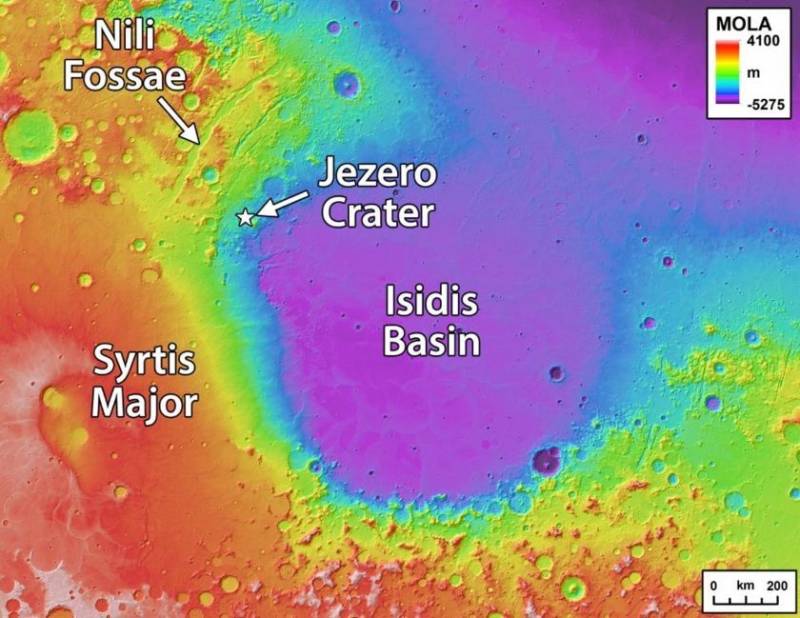
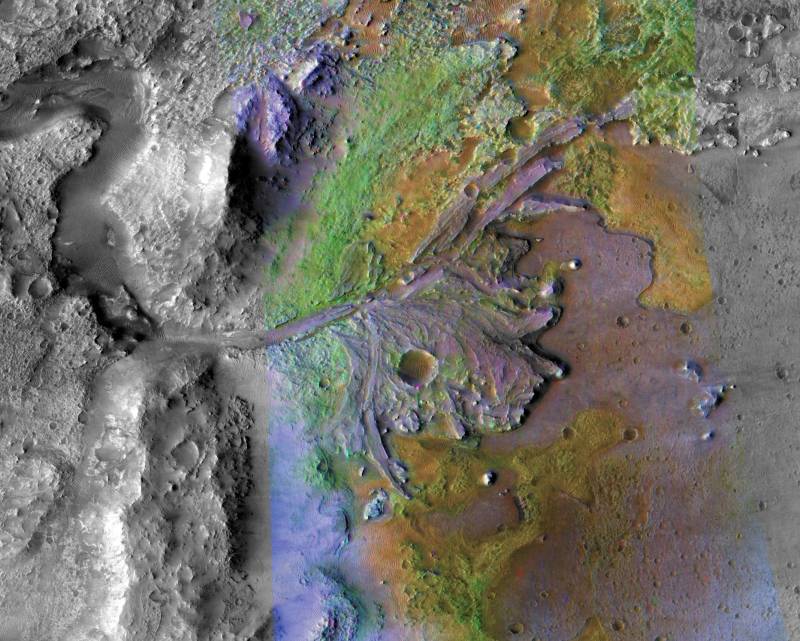
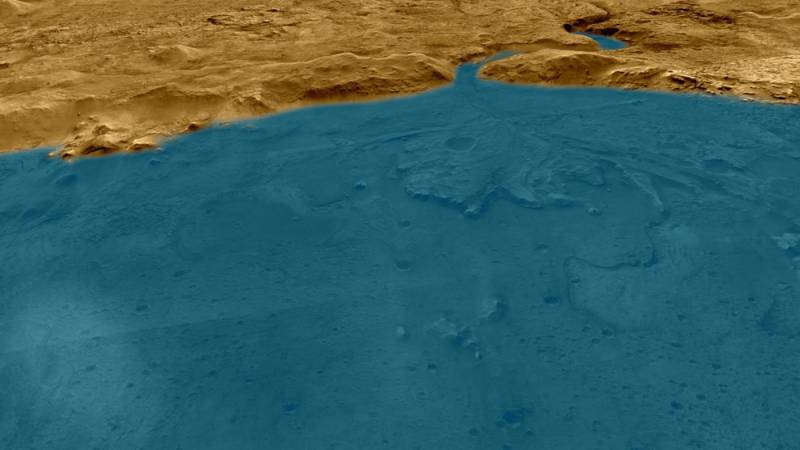
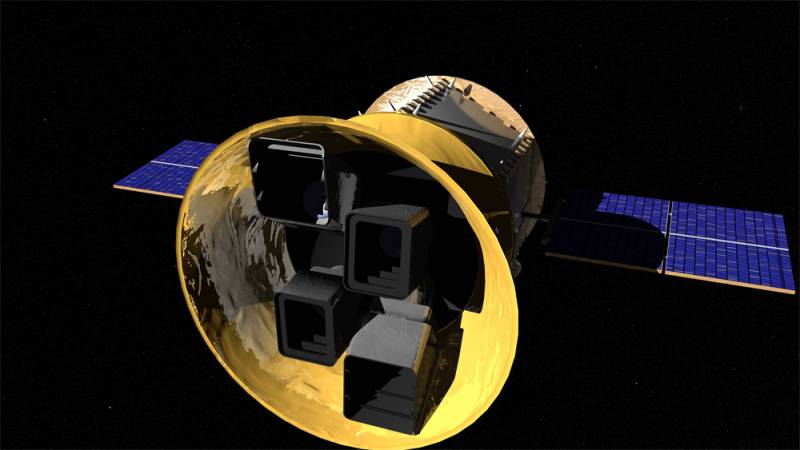

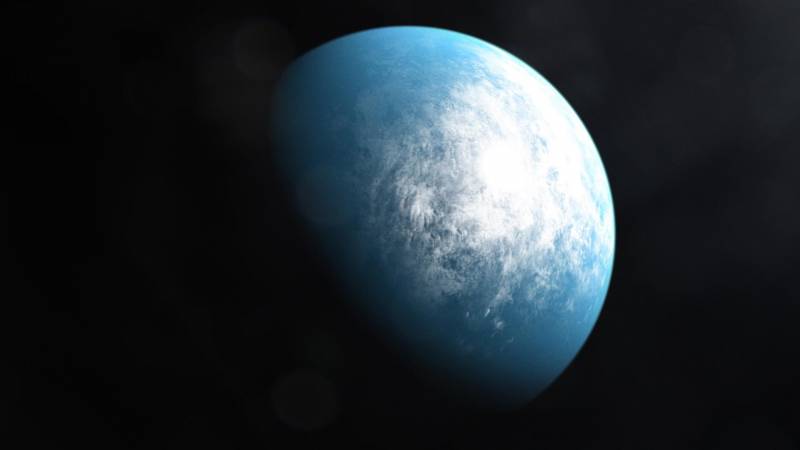
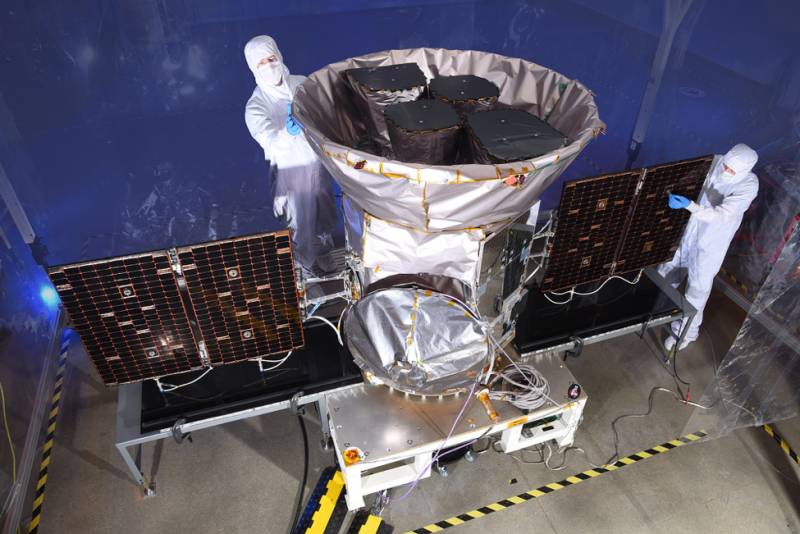

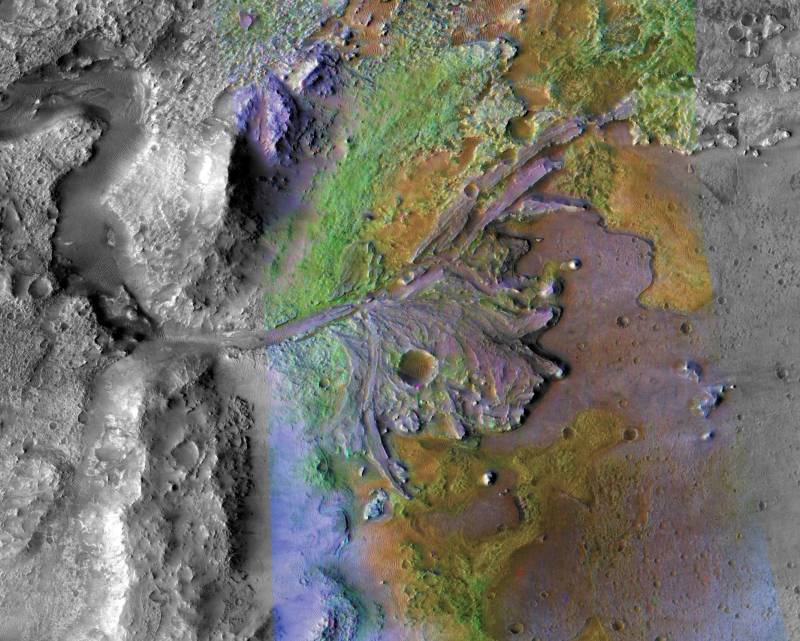
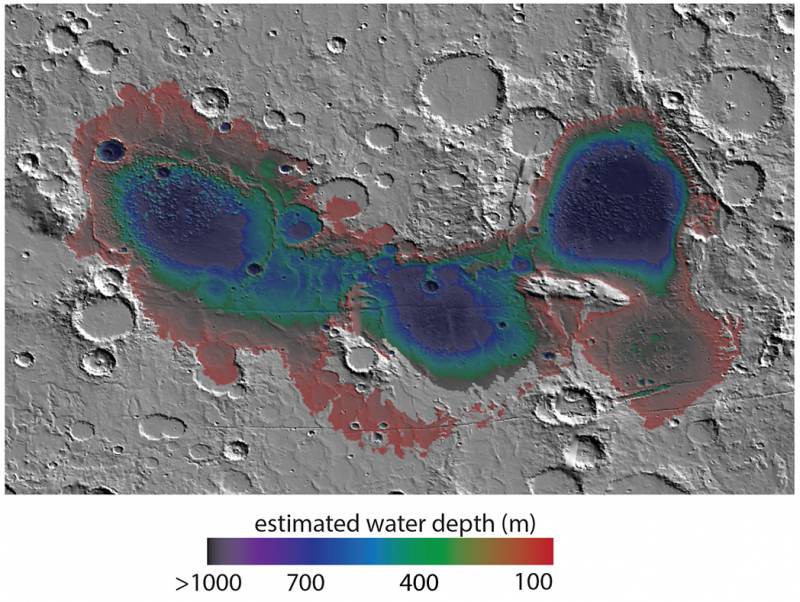

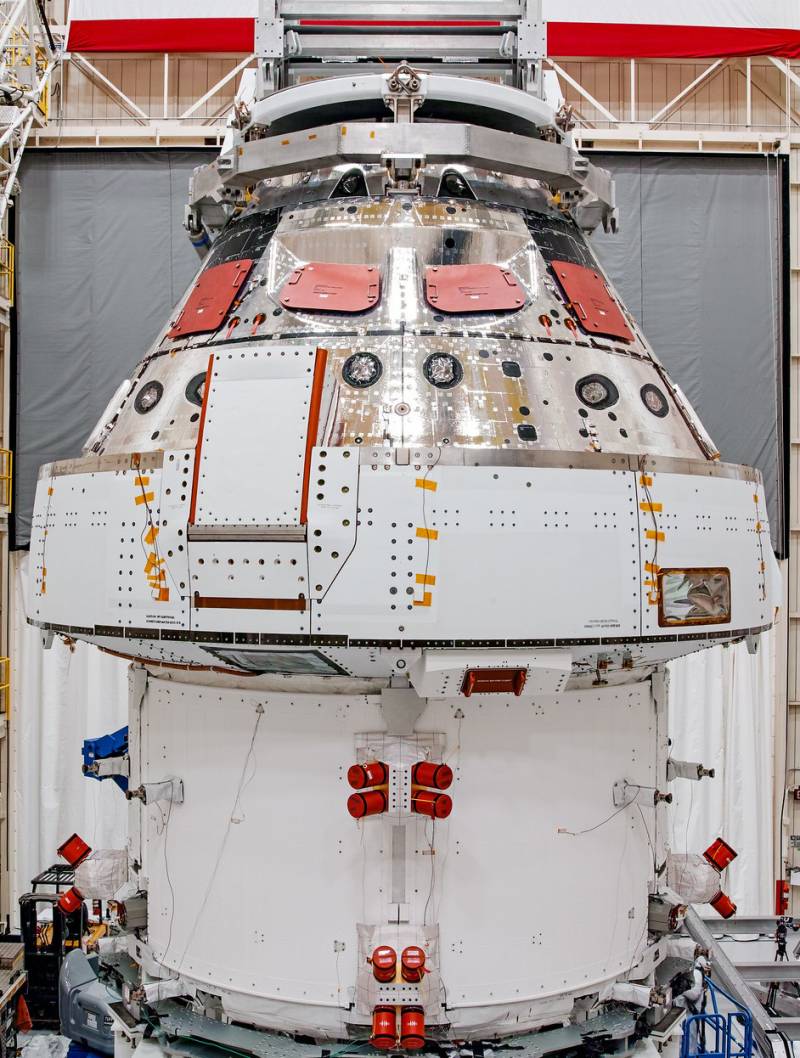
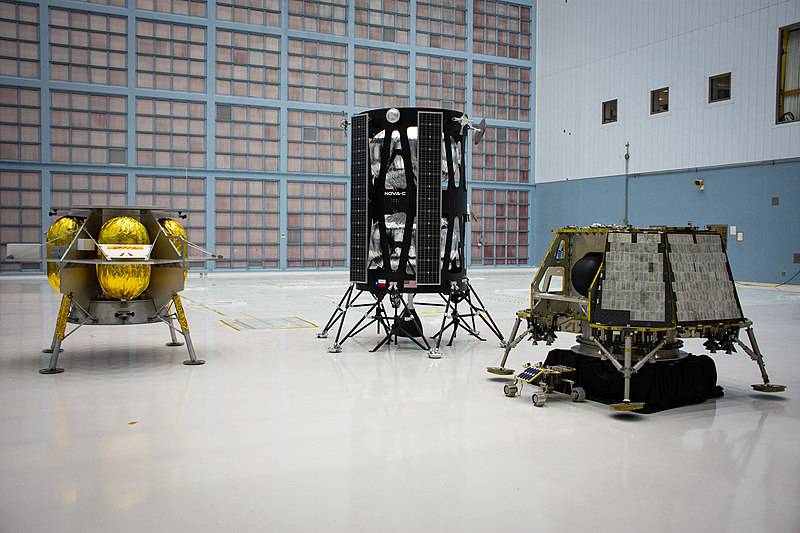
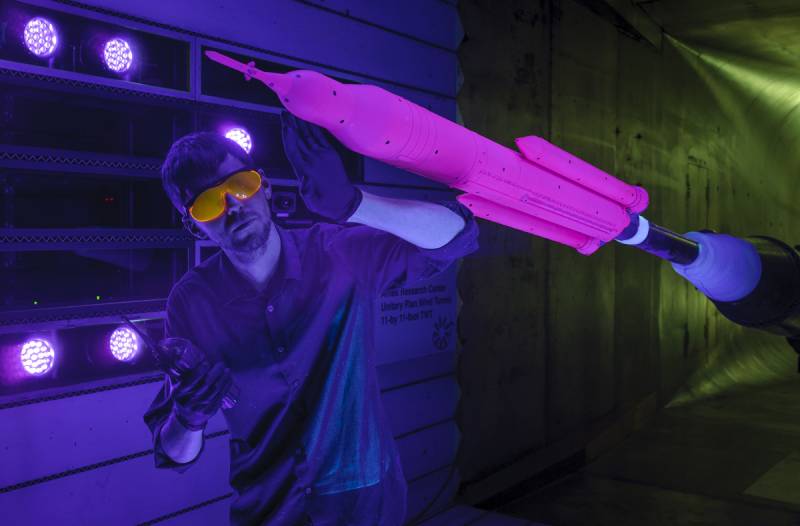

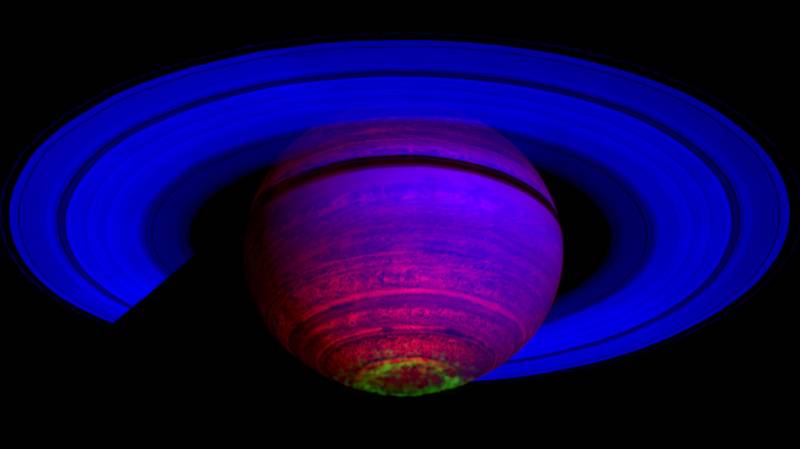


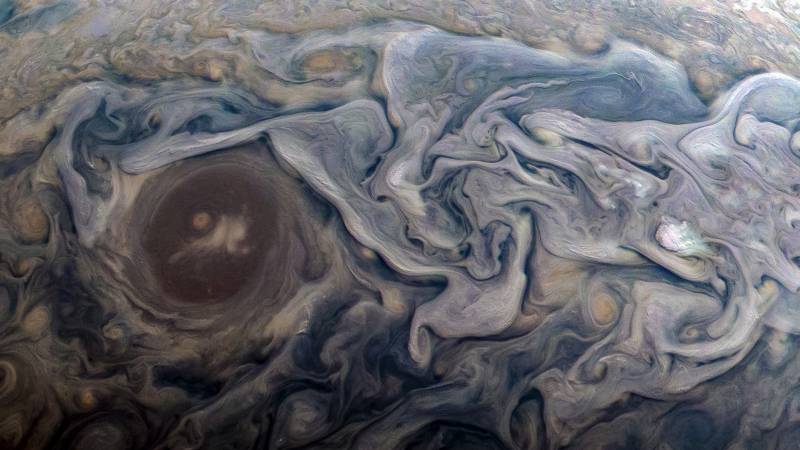
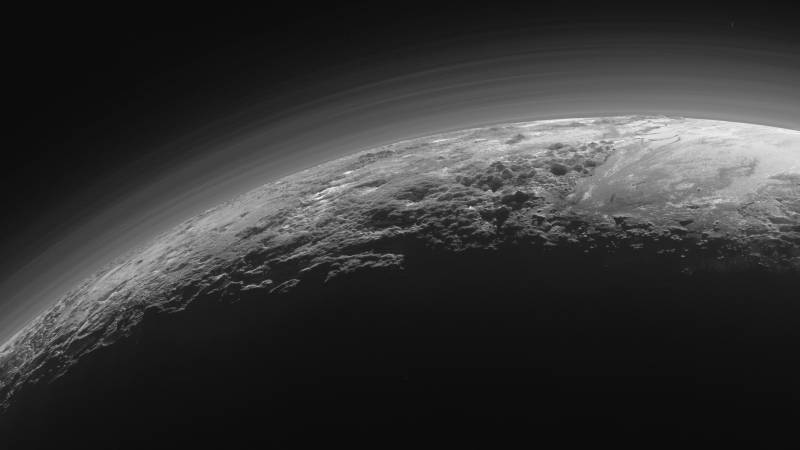
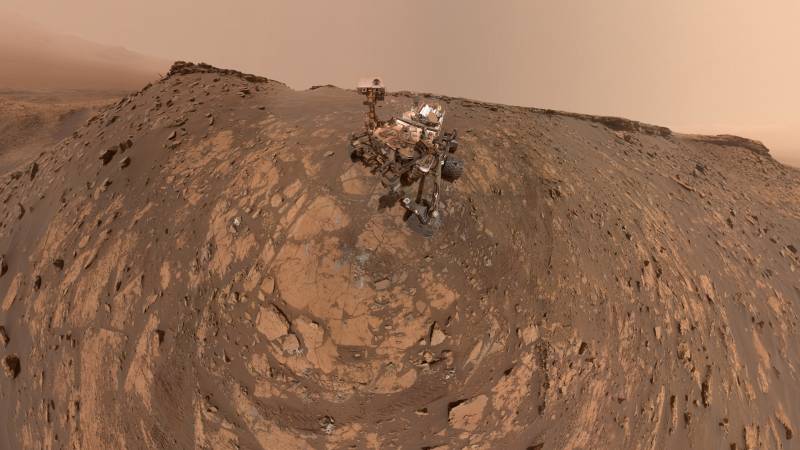

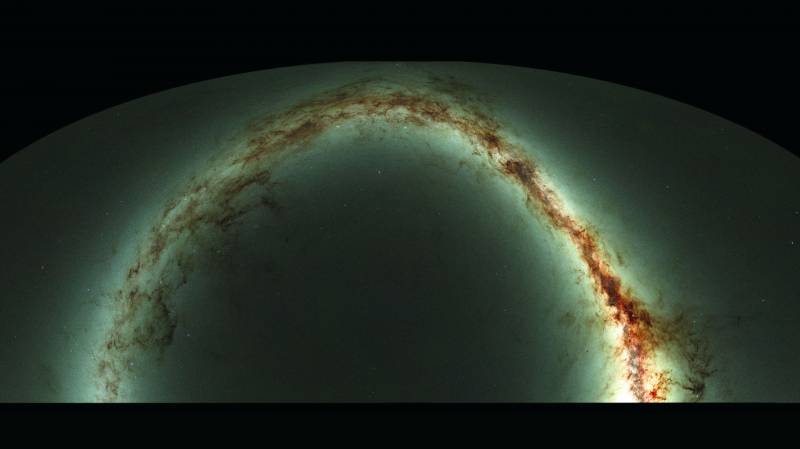
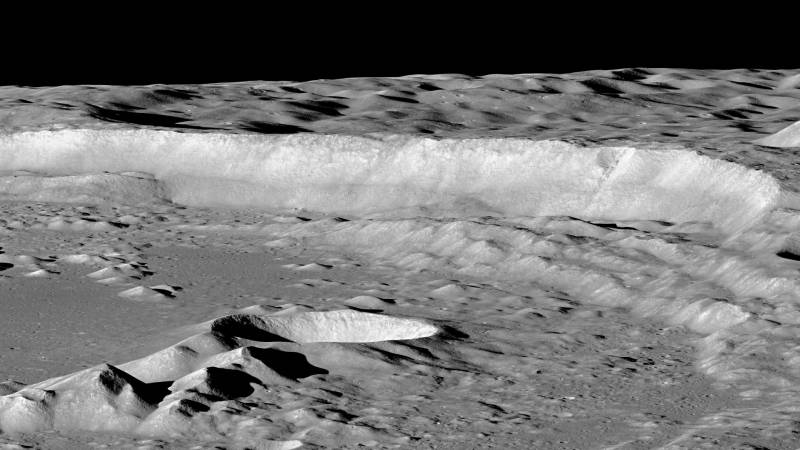
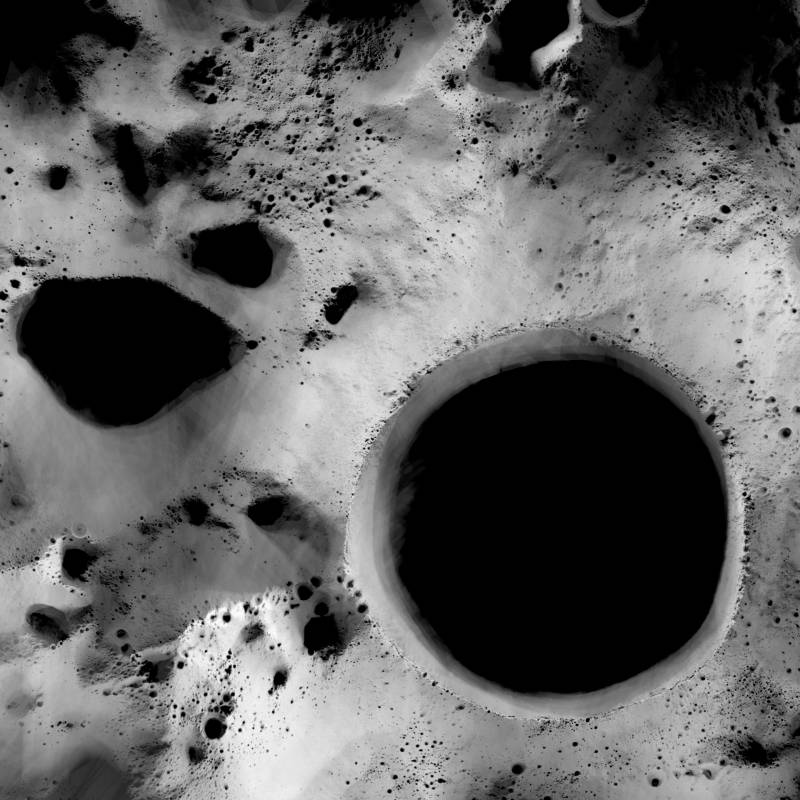







9(MDAxOTAwOTE4MDEyMTkxMDAzNjczZDljZA004))








